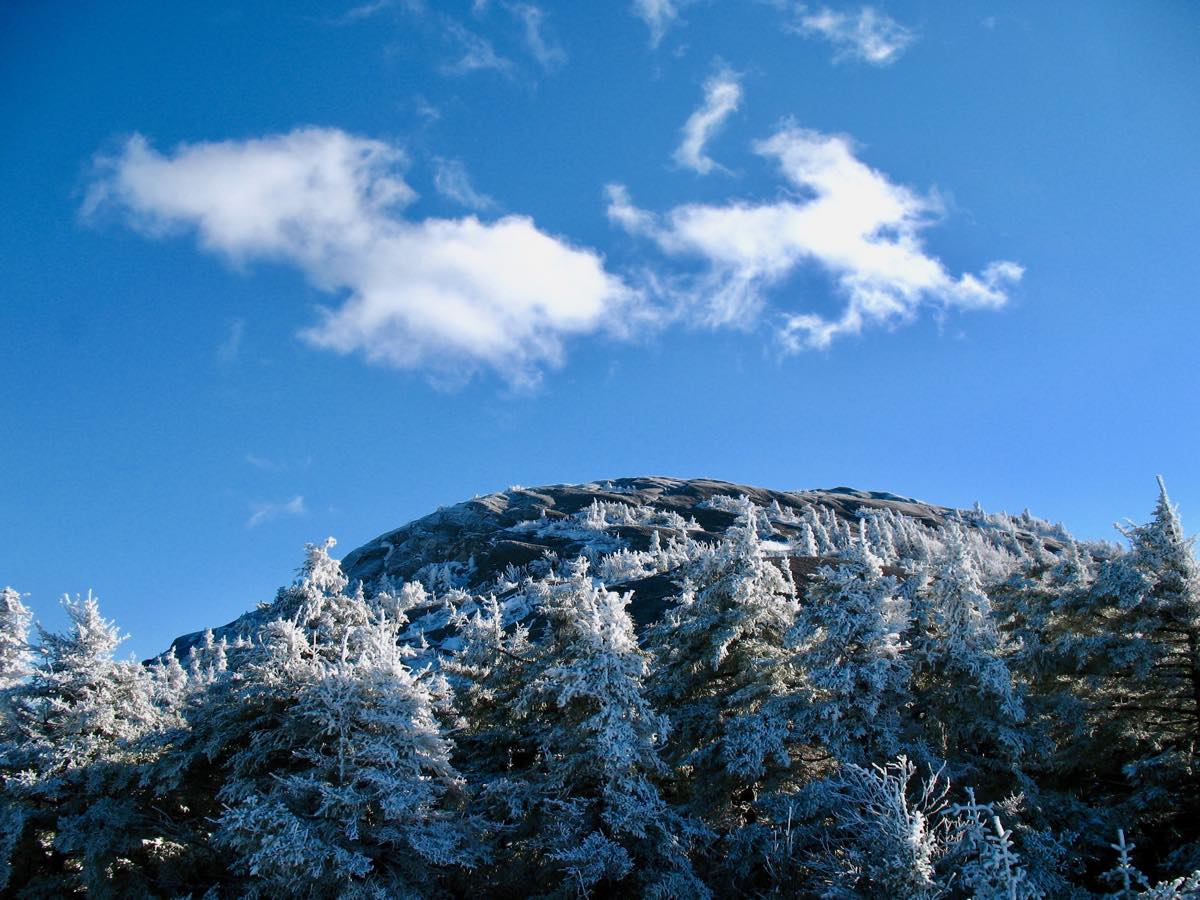Many of you live in places where you can reach your home mountain simply by stepping out the door and boarding a trail. But my home mountain is 100 miles to my west, and here by the Atlantic Ocean, I must often invent my vert. Perhaps some of you too must do the same.
Here’s one solution—look to the waters! Not the flat ponds and supposedly level sea, but the streams and brooks that flow sinuously looking for those prone waters. There, along the brook and riverbeds, even in the flatlands, you can find miniature mountains, or at least slopes that would be mountainous.
Every hill or mountain that we run is born partially of water, or its kindred, ice. It’s just that often, as we near water’s flat-faced ocean source, the land levels too. That’s not true along the exalted, young coasts of some of our continents, with their volcanoes and quakes, but east and south of the ground-down molars that are the Appalachians in the United States, and along the barely perceptible rise of the Great Plains, life near the water can be a flat proposition. Except along the insistent gouges of streams working always down to join the mother-ocean.
Take, for example, my neighborhood stream, the aptly named Mere Brook. Where we live together is around 80 feet above the nearby sea, and our trail-rich forest is so flat that, when the area’s college decided to construct playing fields a few hundred yards to our north, they needed only to remove the trees and doze in the leftover root holes. No filling and contour shuffling needed on this plain of long-ago glacial outwash.
But right next to those playing fields, day and night, Mere Brook noses through its gully, which drops some 25 to 30 feet below the surrounding level lands. The brook begins a mere mile west of where I meet it daily, and it ends three miles downstream in a series of S-curves going to mud at the sea. So it’s a small critter. And, officially, Mere Brook is “an urban impaired stream,” meaning it carries news of us and our residue toward the holding sea 24-7. But in the green-filtered light falling through large trees—pines and hemlocks and oaks and beeches—it shows a thin sheet of transparent water over clean sand. In its short run, it is beautiful.
Like all beauty, Mere Brook attracts attention. A couple of linked trails descend to it; one follows its vale for a few hundred yards before downed trees and general bogginess intrude. But it is the path down to and up from the brook that I frequent. There, I can conjure mountains. Seen in profile, mountains often look like vigorous electrocardiography, some heart of earth beating hard. They are the opposite of flatlining. I can make the brook mimic this earth-heart in miniature.
Just today, after a level, near-to-sea ramble yesterday, I thought, I need some vert, or at least the illusion of it.
And so I sought out the Parallel Gully and the Sine Curve Gully. Yes, those are my names, but their slopes are born of water’s chisel. The Parallel begins where a little tributary aims at Mere Brook, and as I run it, I begin with a 15-foot climb on a pine needle-strewn path; the track then runs for 50 yards parallel to the brook before dropping 20 feet to meet it. There, I tag a tree and turn to repeat—up, along, down; say it again and again.
“Repeat,” repetitive, aaargh… but there is also an alt-route pathway for a little variety. Halfway along the Parallel Gully, I can turn sharp left and drop 25 feet to a very bottom; immediately on the other side, the land runs up 20 more feet. At the top, I turn and go back down, then up. I am, it feels, a clunky-looking skier trapped in his uneven half-pipe. But in 30- and 40-foot chunks, the vert adds up, first to a hill, then even to a little mountain. Five times along the Parallel; five more rim to rim along the Sine… and on.
Well, perhaps I’ve just redefined your version of purgatory, but once into my reps and their short, toe-stubbing climbs and their canters down, I often reach a small joy. Here I am, I think, slogging up and down my molehills because I am aimed at real mountains.
Taking my Gully Vert Home
On a hot summer day, I leave the coast. Even 10 miles inland the land wrinkles; then 30 miles deeper, it heaves up. By the time I drive up the rising dirt road to the house near its end, I’ve had recurring sightings of my home mountain as I draw nearer, a sort of flip book of its granite dome growing larger with each thumbed page. This is the mountain that recurs in every range I visit. Now, in the dusk with the west light slanting across its face, I must look up. Tomorrow, I will go there.
I open the door, step out into the cool morning, and walk to the dirt driveway’s end. Then, as many of you do, I turn and set out on foot for the mountain, knowing all the stored little gullies-vert will get me there.
Coda (Another Reason We Go Out)
October running in the gully: it’s 50 degrees Fahrenheit, wind’s in the north carrying with it a needled drizzle. Few others are out and about. It’s a perfect afternoon to go up and down along the gully. I begin 50 feet north of what I now call mayhem-corner on the Bowdoin fields’ trail; it’s the new, post-microburst entrance to the gully. Even that mostly clear route deviates to go around an uprooting whose stamp of now-vertical root ground is as tall as I am. Down then the 25 feet to where Mere Brook winds through a weave of trees and ferns and all that falls and washes its way.
A hundred feet ahead I spot surprise—there’s a figure, hood up, in a red parka; he is staring at the brook, unmoving. Perhaps the quiet, gray weather has attracted a yogi. As I draw near, I see what he’s watching. It’s a young, black lab elbows deep in the creek, intent, it seems, on its current. His ears are up, his tail wags steadily, he watches; the lab is dialed into something. I stop to watch too. A minute passes. “What’s he after?” I ask. “Fish,” says his red-jacketed companion. “Hasn’t caught one yet, but it’s not for lack of trying.”
The lab ignores all this, keeps his focus. I note that his rope lead is looped onto a streamside tree. Now he repositions, turns upstream, furrows his brow, restarts his tail, watches, his focus unbroken. The transparent water slides over its sands; some yellowing ferns glow in the gray light. I watch for another minute in silence. The dog never wavers. “This is it,” his posture says. It; there’s nothing else.
May I know ‘it’ like this dog.
Note, I find this irresistible: all these gully-verts make my mountain travel possible—Gully-verts Travels. You wish I’d resisted; so do I. I apologize.
Call for Comments (from Meghan)
- How well do you know your home terrain? Can you describe the place where you trail run most frequently?
- Does your home terrain offer you enough respite from real life and preparatory steps for your adventure life?
- What does love of one’s home place mean to you? Can and do you come to love your little, local natural places?



